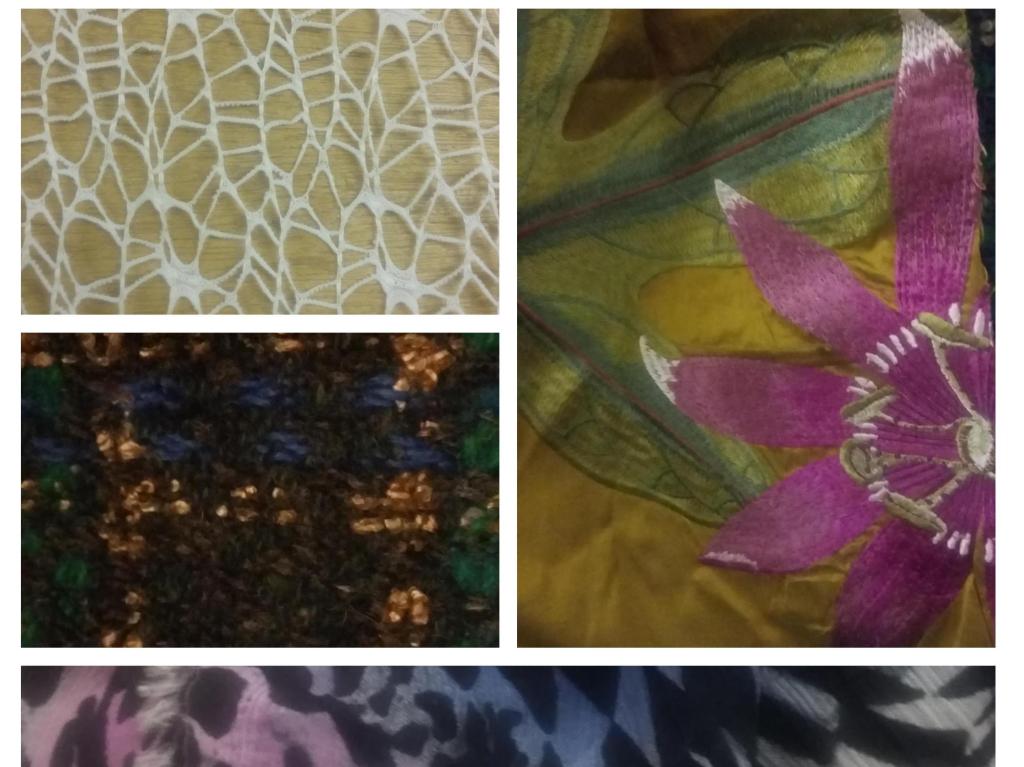A few years back I started reading a book called ‘The Invisible Church’. I found the beginning rather amusing and quite in keeping with the state of many changes in culture. The church had become a museum. It was an artefact of what had been and gone. The humour of the actors in costumes playing roles of ‘what would have happened in a church’ and people gawking at, what had been common objects in the church, in the novel, they were marvelled at.
The manner in which we relate to the history presented to us in museums, the gap between true connection with the time and the zoo-like charade of spectator and entertainment. The more interactive an experience of an exhibit, it would seem the more authentic knowledge can be conveyed. Unfortunately, living the experience of what is displayed in many exhibitions, so as to truly understand it, would be impractical and often impossible. How to create the most genuine communication of the concepts, an embodiment of a reality we are not in the position to experience.
Empathy for another’s world is what I see a museum to be. How does the digital age change how much we need museums to tell us this? Have they sufficiently encompassed the digital into their programs to enhance it and prove they haven’t been made redundant? Endless London events with impressive turnouts of those socialising proves that a sense of real time community is still a priority for many.
